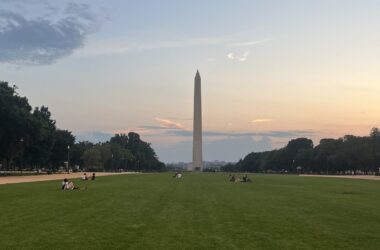
This week, students will decide whether an important fee will be raised, in the words of those who support this increase, to “maintain the current level” of service. The fee increase I refer to, of course, is the SSMU dental plan.
Not really. But my point is that, like this year’s tempestuous tuition hikes debate, the real issue with dental fees is how much service we will get for our dollars. For those who don’t know, the tuition increase would be $325 annually over five years, to a total increase of $1,625.
From an economic standpoint, not raising tuition is folly because of inflation. Quebec’s tuition in real dollars is substantially less than it was in 1968. With inflation, the costs of running a university are significantly higher than in the past.
Interestingly, many of those who are protesting these hikes would decry any proposal to freeze the wages of workers on campus, such as those of a certain union with a popular line of buttons. Yet in the same way that freezing workers’ wages would leave them ill-equipped to handle the annually increasing costs of living, freezing tuition would hamper a university’s ability to handle education costs.
Others argue that raising tuition is simply a cover for a nefarious right-wing scheme to reduce government support for higher education. This view is completely unsupported by the facts. The Finances Quebec budget report reveals that along with the tuition hikes, “From 2002-2003 to 2016-2017, annual operating grants from the Québec government to universities will increase from $1.9 billion to $3.3 billion.” Furthermore, the government estimates that of the $850 million of extra revenue universities will have after the hikes are fully in effect; 50.6 per cent of that fee will also come from additional government contributions. Over 60 per cent of university income in 2016-17 will be comprised of government funds, with students only paying 16.9 per cent and donations comprising a paltry 3.4 per cent.
Then there’s the idea that much of the increase in funding will go to fattening the salaries of university administrators. Again, the actual budget disabuses us of that notion; 65 to 85 per cent of the additional revenue is scheduled to go to “Quality of teaching and research,” with only 10 to 15 per cent slated to go to “improvement of administration and management.”
Now to “accessibility”: increased tuition, some argue, will freeze out lower-class students from the educational system. A study by the Frontier Centre for Public Policy undermines this notion by looking at the university participation rates of low income students across the provinces. The results show that participation rates of students from lower income families were not significantly higher in lower tuition provinces overall. Even taking into account that CEGEPs have some programs that are counted as “university” programs in other provinces, the wider sweep of the data shows that lower tuition is not correlated with higher rates of low-income university participation. Furthermore, the government has set aside 35 per cent of the sums resulting from the hike towards the bursary program, and this does not include additional tax credits given for pursuing a university education. The anti-hikes faction counters by pointing out that remaining 83 per cent of students will have to cover the full price. This assertion, however, does not even explain what portion of that 83 per cent actually would be unable to support paying the additional amount.
To protest against the tuition hikes, therefore, is to protest against the facts.






